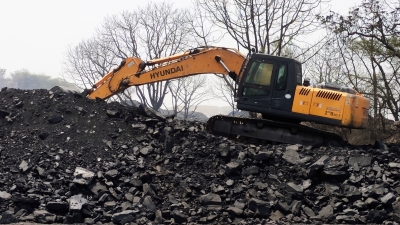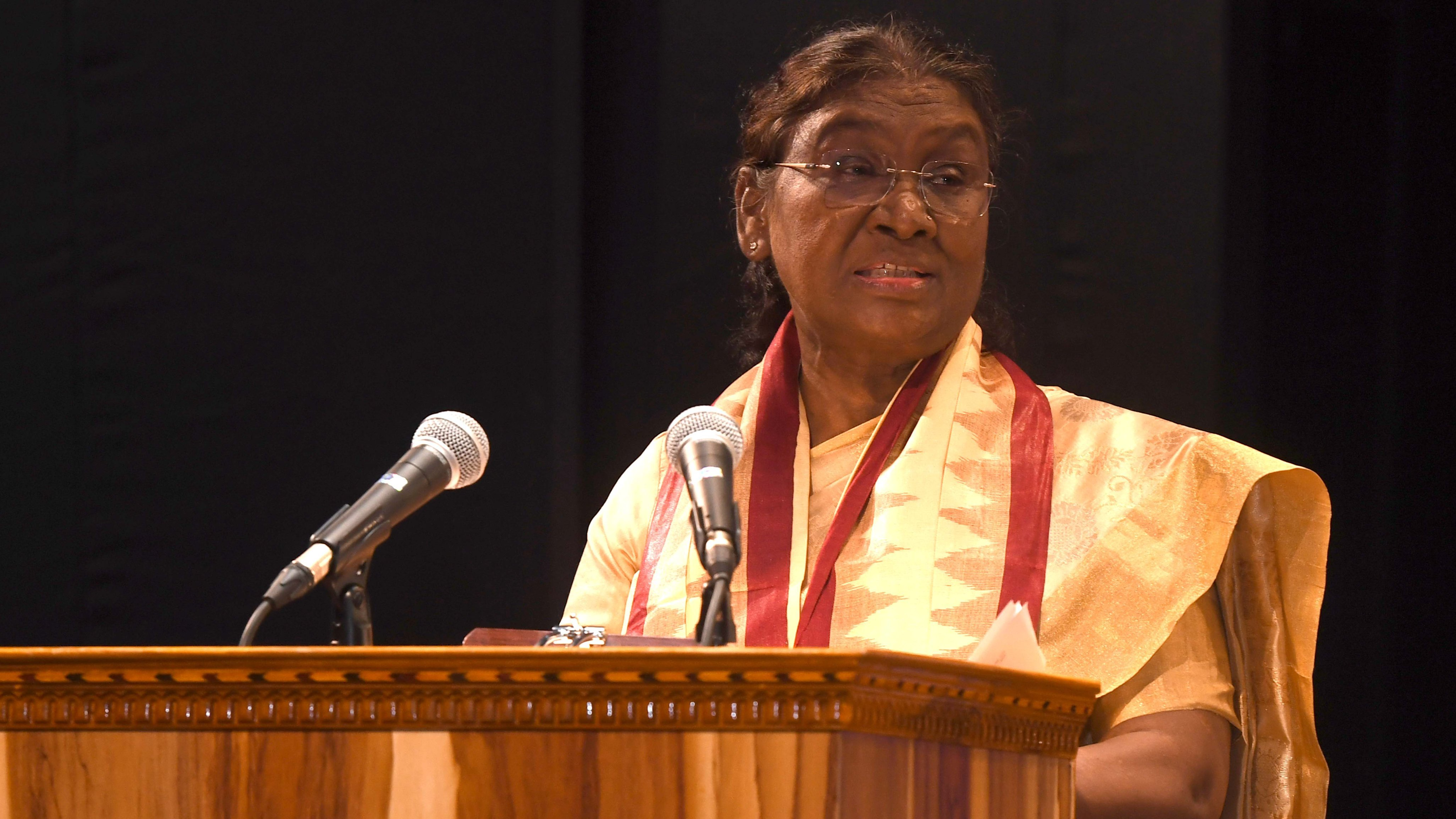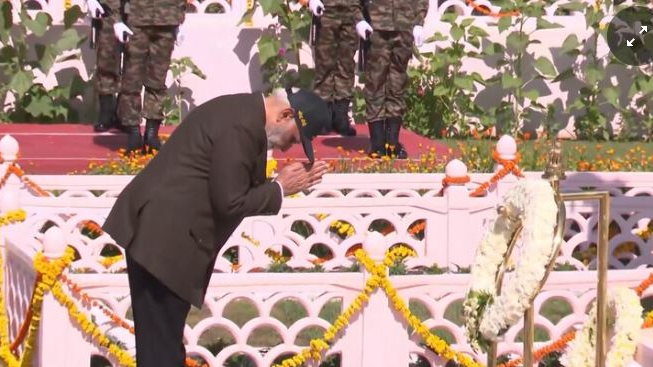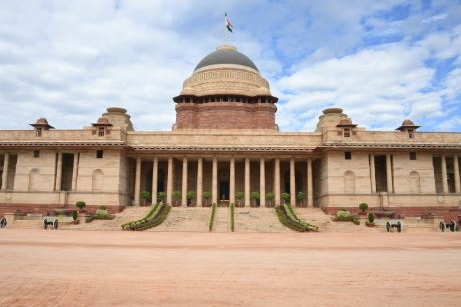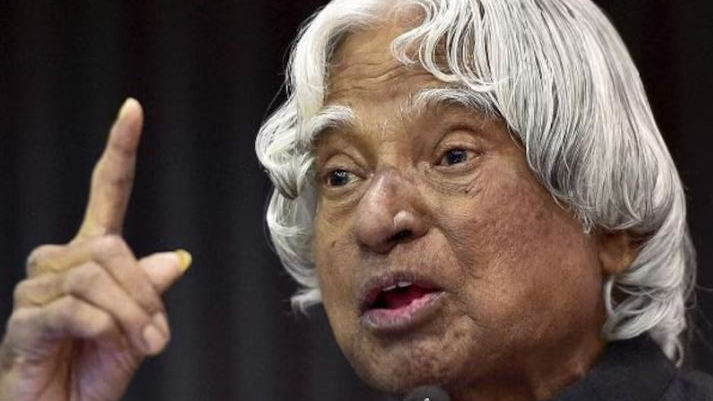Ayodhya (UP), April 9: Ayodhya is bracing for massive crowds on April 17th, Ram Navami, as devotees flock to witness the 'Surya Abhishek' of Ram Lalla, where the sun's rays will fall on his forehead.
Teams from the Central Building Research Institute (CBRI) and the Indian Institute of Astrophysics-Bengaluru are already stationed in Ayodhya. They're collaborating to install an advanced optomechanical system on the ground floor of the temple.
Ram Lalla, the revered Suryavanshi king of Ayodhya, is slated to receive the 'Surya Abhishek' at noon on April 17th. This intricate process involves capturing and redirecting sunlight through a series of optical devices.
A key component of this setup is the Fabry-Perot cavity, a precision optical apparatus named after its creators, French physicists Charles Fabry and Alfred Perot. This apparatus maximizes the response of the optical system to changes in frequency or wavelength.
Through the Fabry-Perot cavity, sunlight will be meticulously guided to illuminate Ram Lalla's forehead precisely at noon on Ram Navami. The resulting illumination will last for four minutes, appearing in a circular form spanning 75 millimeters.
Originally, the Ram temple trust planned to undertake this process after completing the temple construction. However, following requests from saints and seers, CBRI scientists volunteered to arrange the 'Surya Abhishek' for the first Ram Navami in the newly constructed temple complex.
Anil Mishra, a member of the temple trust, mentioned that a dedicated team of scientists and experts has been diligently working on the project since Sunday night. They've measured the distance between Ram Lalla's forehead and the ground of the sanctum sanctorum and strategically placed stickers to mark the locations for mirrors and apparatus.
Over the next few days, experiments will be conducted to determine the optimal placement of devices for reflecting the sun's beams. Mishra emphasized that clear weather conditions are crucial for achieving the desired results.









